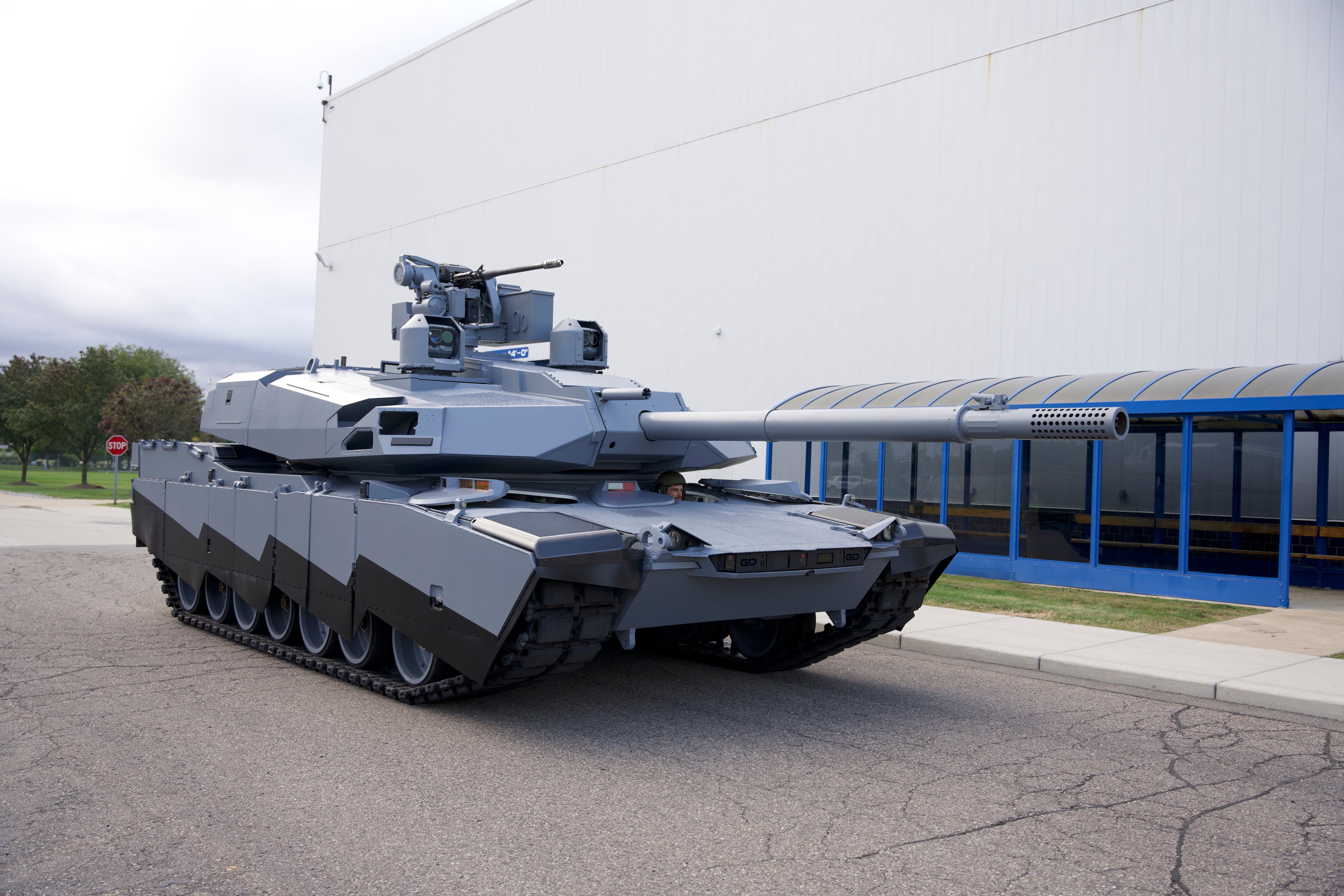It’s the perfect storm. U.S. ammunition supplies are being drained by the conflict in Ukraine while we maintain a show of force in the Indo-Pacific region. Meanwhile, our platforms are aging and racing to obsoletion. Climate change is hastening the deterioration of systems, but it’s also fostering a quick transition to newer, cleaner and more varied forms of energy.
All these factors lead us to an obvious conclusion: Energy efficiency needs to be part of the defense modernization equation.
And the United States, in an unprecedented move in recent years, has put forward a very significant investment in our infrastructure to the tune of hundreds of billions of dollars through the Bipartisan Infrastructure Law, the CHIPS and Science Act, and the Inflation Reduction Act.
But it’s not just significant — it’s multifaceted. From startups to multinational mega corporations, we’re looking at a rich, diverse assemblage of companies that society is now calling on to solve our energy-sustainability problems. It’s the new gold rush, creating a whirlwind but much-needed excitement and interest in the government contracting market.
Our defense imperative — and opportunities
The Department of Defense is one of the world’s biggest institutional energy consumers; its annual expenditure totals more than entire countries, like Sweden or Portugal. Because of our consumption, a key target of our adversaries is our energy grid. It’s the most cyberattacked framework in America. The DoD’s National Defense Strategy includes the largest microgrid effort in the country, building secure microgrids along a prioritized list of installations.
According to Richard Kidd, U.S. deputy assistant secretary of defense for environment and energy resilience, “energy is, in fact, a national security issue. … Climate change will be affecting the department in all that we do going forward. And, in fact, we’re already experiencing the effects of climate change right now. We have it in three dimensions: operational demands on the force … second, it’s affecting our installations and infrastructure, degrading our ability to conduct training … and then finally, in terms of effects on our personnel and equipment.”
In preparing for future conflicts, the DoD’s reliance on fossil fuel supplies could jeopardize its ability to generate forces, project power and respond to crises. It’s looking for ways to increase carbon-free power generation, switch to zero-emission non-tactical vehicles, incorporate resilient infrastructure and facilities, cut water use, research renewables and waste-to-energy technologies, and expand training and war games to adapt to and operate in climate change-altered environments.
RELATED

The Air Force — the DoD’s top emissions branch — wants to improve operational intensity through drag-reduction technologies, modern software-based scheduling tools, enhanced engine sustainment, and a pilot of drop-in compatible, sustainable aviation fuel along with a pilot of micro-reactors.
But wait: We have some competition. China is now the largest producer of wind turbines, batteries and solar panels. It is moving aggressively into power management and energy control systems that we need for the clean energy transition. However, it’s a race we can certainly win.
The answer lies in tech
Many of today’s advanced clean-energy technologies have focused on early-stage research. The commercial industry is outpacing the defense-industrial base on research and development as well as prototypes. The defense-industrial base must leverage these technologies to kick them out of the lab and thrust them into real-world, large-scale demonstrations to deploy into our market.
For the grid, the DoD should strongly consider looking at large-scale, long-duration energy storage like massive battery banks or even something as advanced as hydrogen gas. Large-scale carbon reduction projects could also involve new ways of making energy. How do you make the warfighter more self-sufficient and less reliable on carbon-based sources?
Commercial companies and other government agencies are already looking for answers. For example, Toyota has a car right now that is powered by a hydrogen fuel cell. As the grid becomes more delicate because of the increasing addition of renewable, yet intermittent sources of power like solar and wind, why aren’t we more aggressively considering other sources of resiliency — like hydrogen — to supplement an alternate form of backup power?
The Department of Energy is exploring hydrogen hubs, and the use potential is fascinating. It’s certainly a more efficient form of storage than lithium-ion batteries. Hydrogen is being considered as a method to decarbonize many carbon-intensive, yet hard-to-abate sectors like steel and cement making, and aviation is looking at renewable synthetic fuel sources. Companies are investing in alternative fuels plants and seeking waste streams, like landfill waste gas, to extract hydrogen.
The question is: How do we pick winning technologies? The United States’ substantial government investment in infrastructure is attracting many multiples of private sector interests, including from foreign nations. How do we bring our government contracting community’s value to the table?
As an industry, we must play a key role as the interface that pushes advancement. Collaboration is the means; we can combine federal sector and private sector efforts to scale up and speed up the energy transition — drive advancements and turn prototypes into large-scale solutions.
With the increasing geopolitical pressures and our national security at risk, we can’t afford to leave potential energy efficiency and modernization solutions on the table. This is an “all hands on deck” moment. Are we ready to make this a priority?
John Heller is the chief executive of U.S. company Amentum.








